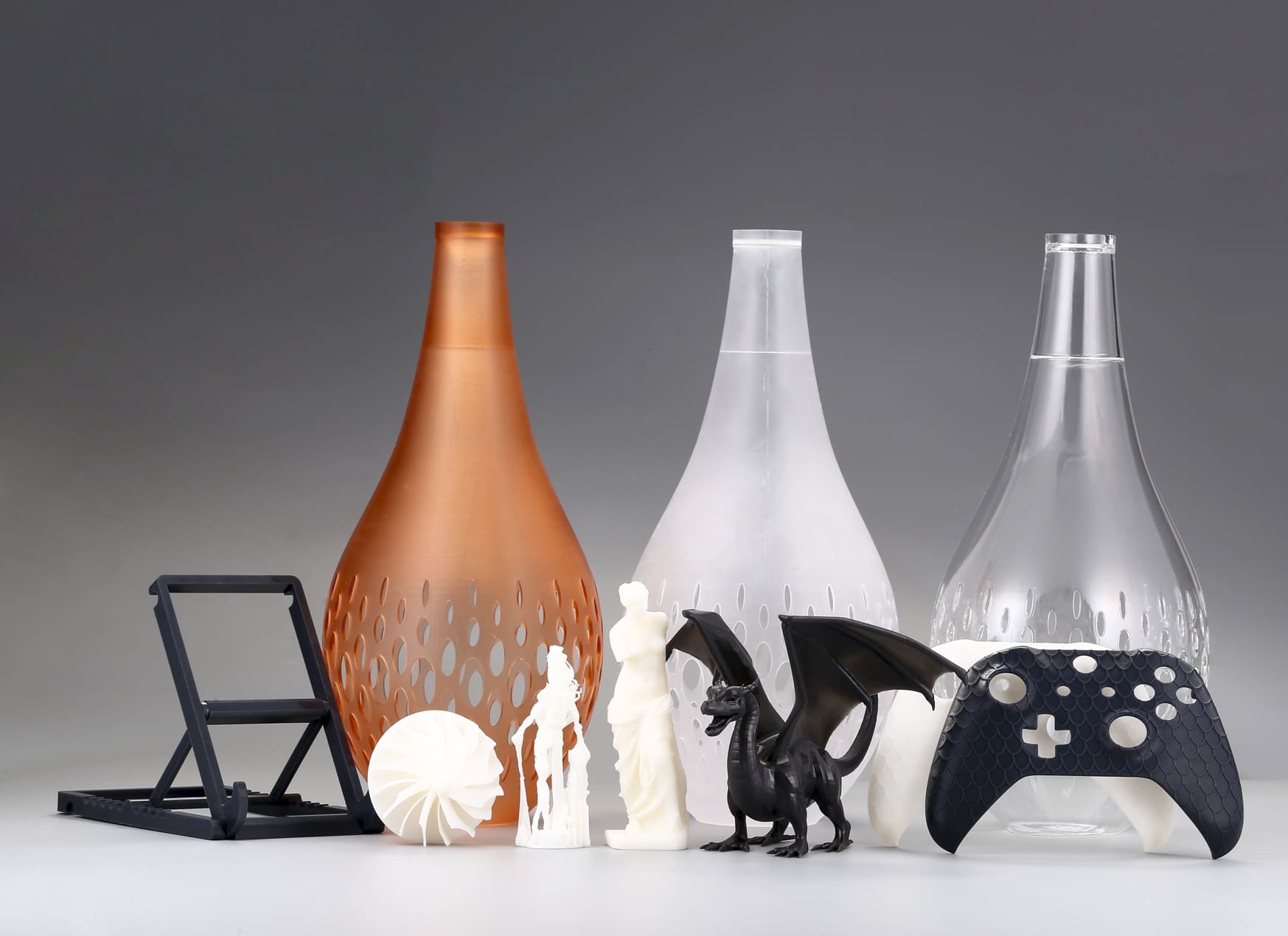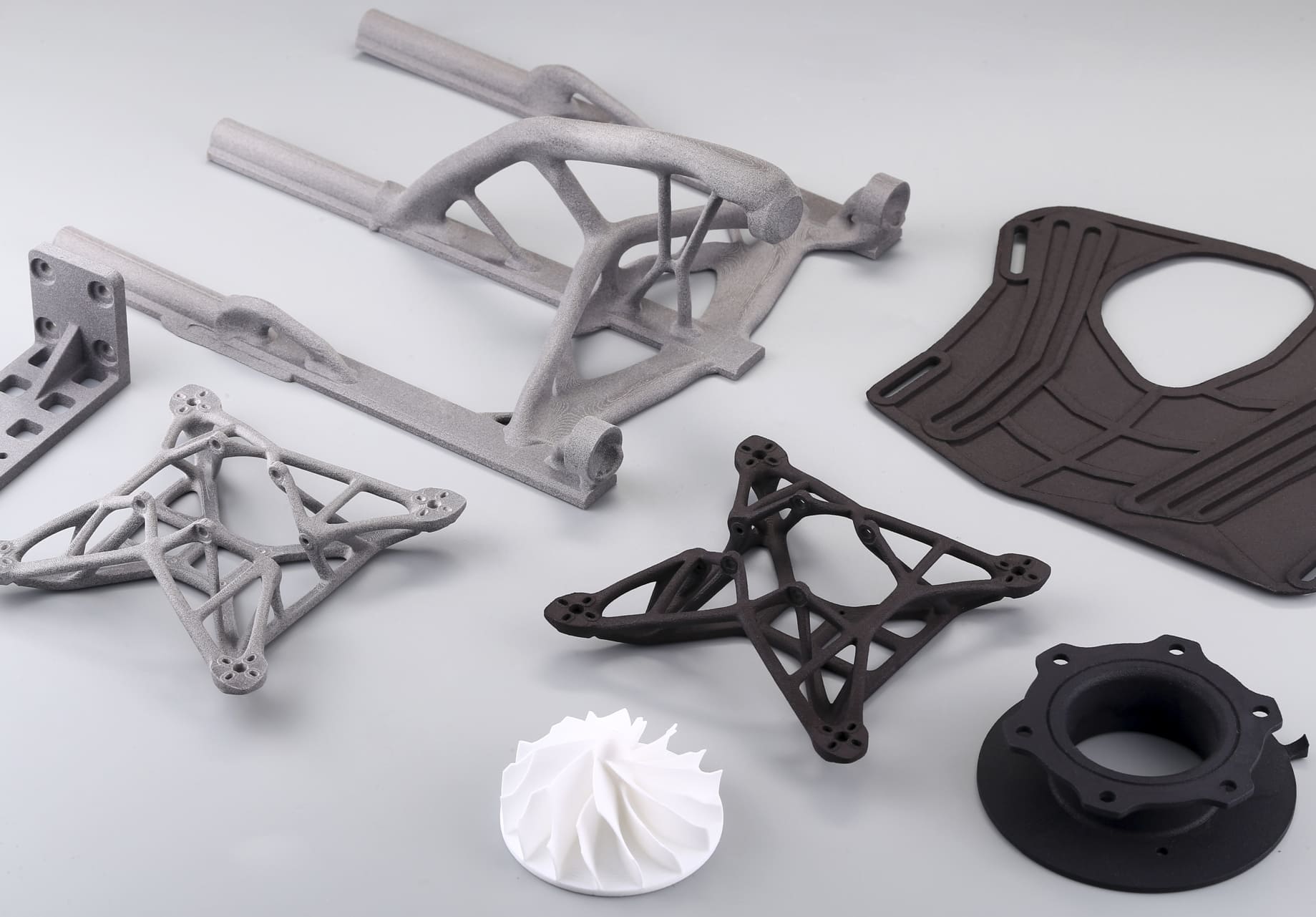3D printing tolerance is acceptable dimensional variation from design in three axes (X, Y, Z). It is measured in millimeters (mm) or microns (µm).
3D printing tolerance affects fit, assembly, mechanical performance, and overall quality.
What is 3D Printing Tolerance?
3D printing tolerance refers to the allowable deviation between the dimensions of a printed part and its nominal CAD measurements. Typically expressed as "±X mm," tolerance accounts for machine accuracy, material behavior, and post-processing effects. A tolerance of ±0.2 mm means that any feature of your part may vary by up to 0.2 millimeters above or below its intended dimension.
Precisely defining tolerance in your order helps avoid costly reprints and ensures parts integrate smoothly into assemblies.
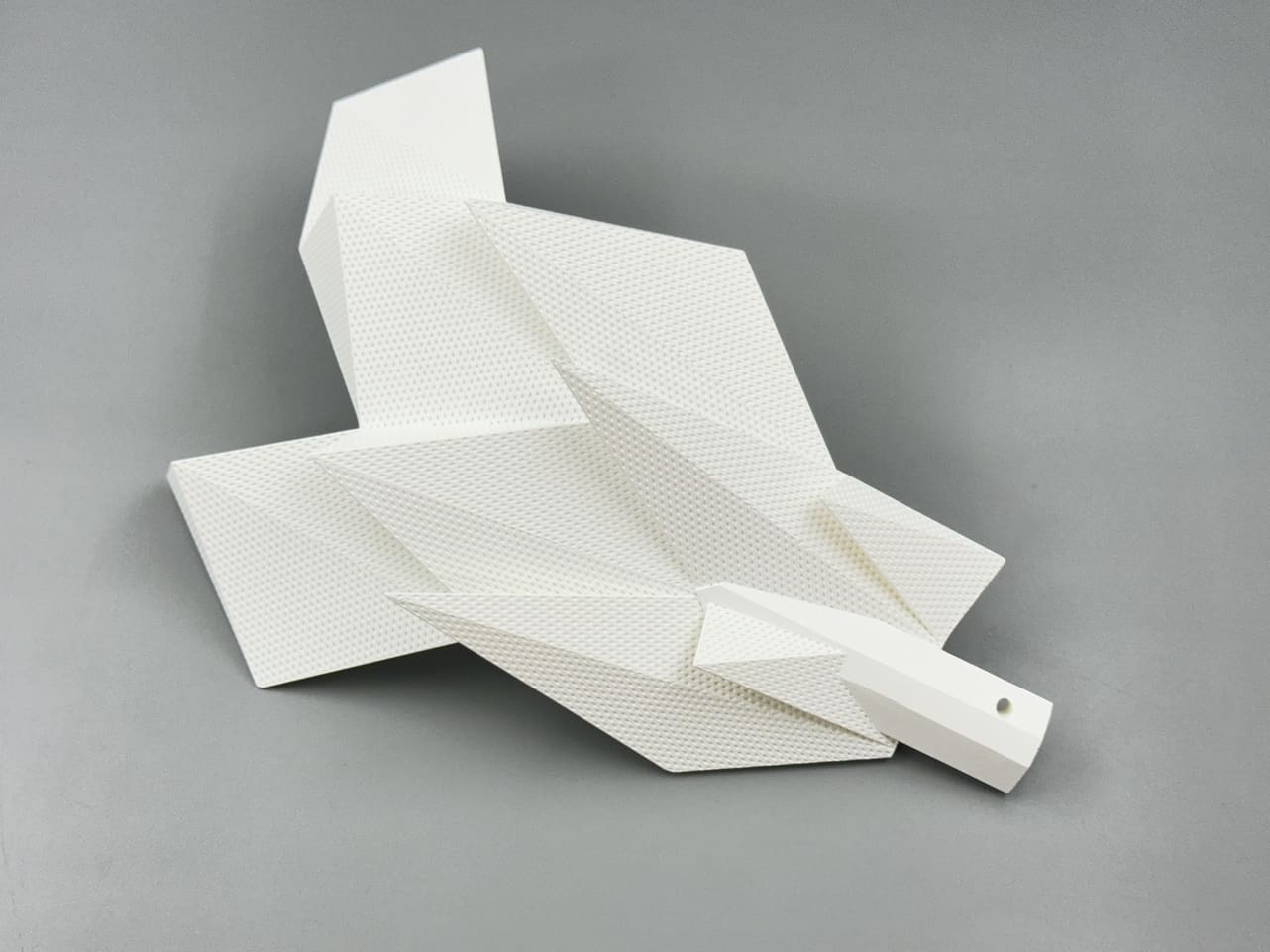
Photo Copyright © 3DSPRO. All rights reserved.
What are the Differences between Tolerance and Precision?
While often used interchangeably, tolerance and precision represent distinct concepts in 3D printing:
Tolerance measures the allowable variation from a target dimension. It is a specification you set.
Precision refers to a process's repeatability—how consistently it can produce the same dimension across multiple parts.
Consider a process with ±0.1 mm tolerance and high precision:
High precision: Every print will land very close to the design—e.g., 99 of 100 parts within ±0.1 mm.
Lower precision: Parts may cluster but scatter more widely within that tolerance band.
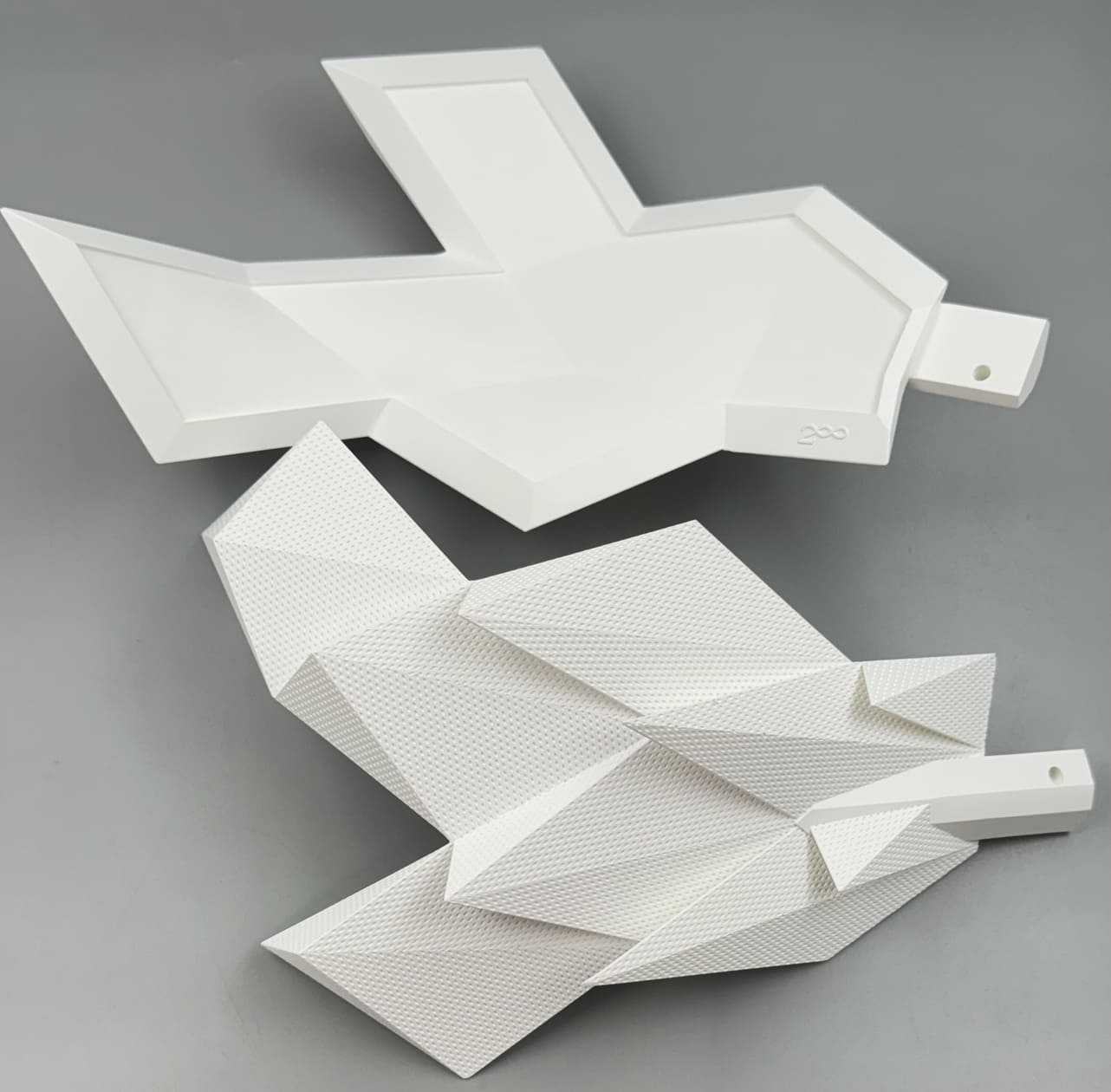
Photo Copyright © 3DSPRO. All rights reserved.
Tolerance Profiles of SLA, SLS, MJF, and SLM
|
Process |
Typical Tolerance |
Fine-Tuned Tolerance |
Material Type |
|
SLA |
±0.1–0.3 mm |
±0.05–0.15 mm |
Photopolymer Resin |
|
SLS |
±0.3–0.5 mm |
±0.1–0.3 mm |
Nylon (PA12, PA11) |
|
MJF |
±0.2–0.4 mm |
±0.1–0.2 mm |
Nylon (PA12) |
|
SLM |
±0.1–0.3 mm |
±0.05–0.1 mm |
Metal Alloys (Ti, SS) |
1. SLA (Stereolithography): Best for fine features and smooth surfaces. Ideal for visual prototypes or intricate geometries.
2. SLS (Selective Laser Sintering): No supports needed; good for durable nylon parts. Slightly looser tolerance due to powder fusion.
3. MJF (Multi Jet Fusion): Combines speed with mid-level precision; excellent for functional prototypes and small production runs.
4. SLM (Selective Laser Melting): Delivers metal parts with excellent mechanical properties and high precision; suited for end-use metal components.
Matching Tolerance Needs to Applications
Prototyping
For early-stage design validation, ±0.3–0.5 mm is often acceptable. FDM or SLS can provide quick, cost-effective proofs of concept.
Functional Parts
Assemblies, snap-fits, and press-fits generally require ±0.2–0.3 mm. SLA or MJF balance precision and durability.
Fluid-Handling Components
Gaskets, valves, and fluid channels may need ±0.1 mm or better to ensure leak-free performance. SLA or SLM are preferred.
Regulated Industries (Medical, Aerospace)
Tighter tolerances (±0.05–0.15 mm) and stringent quality controls are mandatory. SLM for metal implants; SLA for precision plastic tooling.
**Tip: Always review the critical features in your model and specify tighter tolerance only where necessary to optimize cost and lead time.
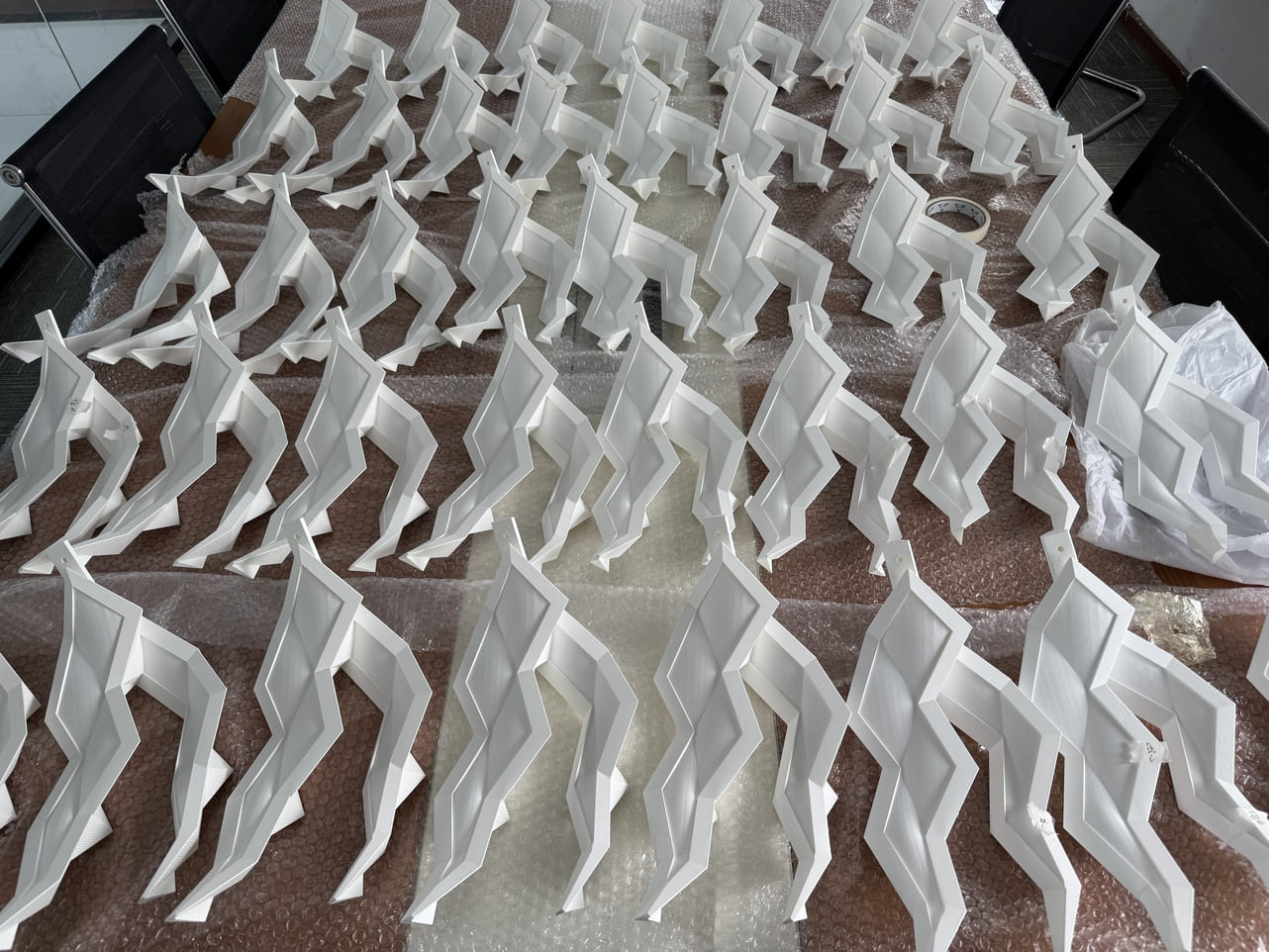
Photo Copyright © 3DSPRO. All rights reserved.
3D Printing Tolerance of 3DSPRO’s 3D Printing Services
|
3D Printing Services |
Standard Tolerance |
Maximum Printing Size |
|
SLA |
±0.2 mm |
2100mm * 1700mm * 810mm |
|
SLS |
±0.3 mm |
645mm * 325mm * 520mm |
|
MJF |
±0.3 mm |
380mm * 284mm * 380mm |
|
SLM |
±0.3 mm |
420mm * 420mm * 450mm |
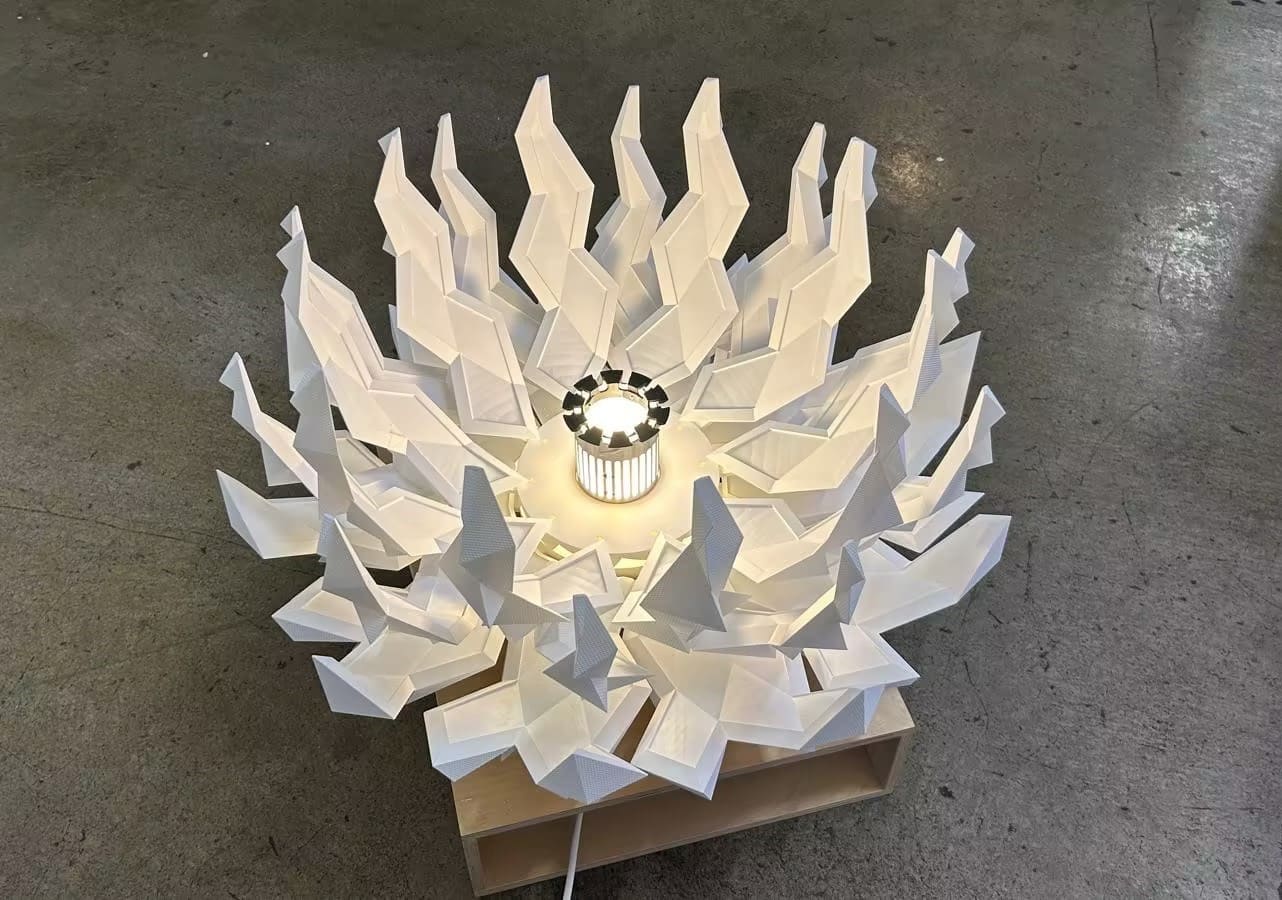
Photo Copyright © 3DSPRO. All rights reserved.
FAQs
Q: Does tighter tolerance increase cost?
A: Generally, yes. Finer tolerances require slower settings, extra calibration, or secondary operations.
Q: What post-processing steps affect tolerance?
A: Processes like bead blasting, machining, or heat treatment can slightly alter dimensions. 3DSPRO provides detailed post-processing information.
Q: Can I mix materials in a single assembly?
A: Yes—order separate components in their optimal material and tolerance, then assemble post-print. If you need assembly services, contact our engineering team.












